DALI Rubikore 2 Review
DALI has upgraded its near-top series with technology from the super-expensive Kore. The result surpasses the wildest expectations.
DALI’s new Rubikore series is, as the name suggests, a love child between the ten-year-old Rubicon series and the high-end flagship, DALI Kore, which we named Speaker of the Year last fall. The Rubicon models are now retiring, replaced by Rubikore. 7Review has the opportunity to test the smallest model in the series, DALI Rubikore 2. Tested at 29,000 SEK.
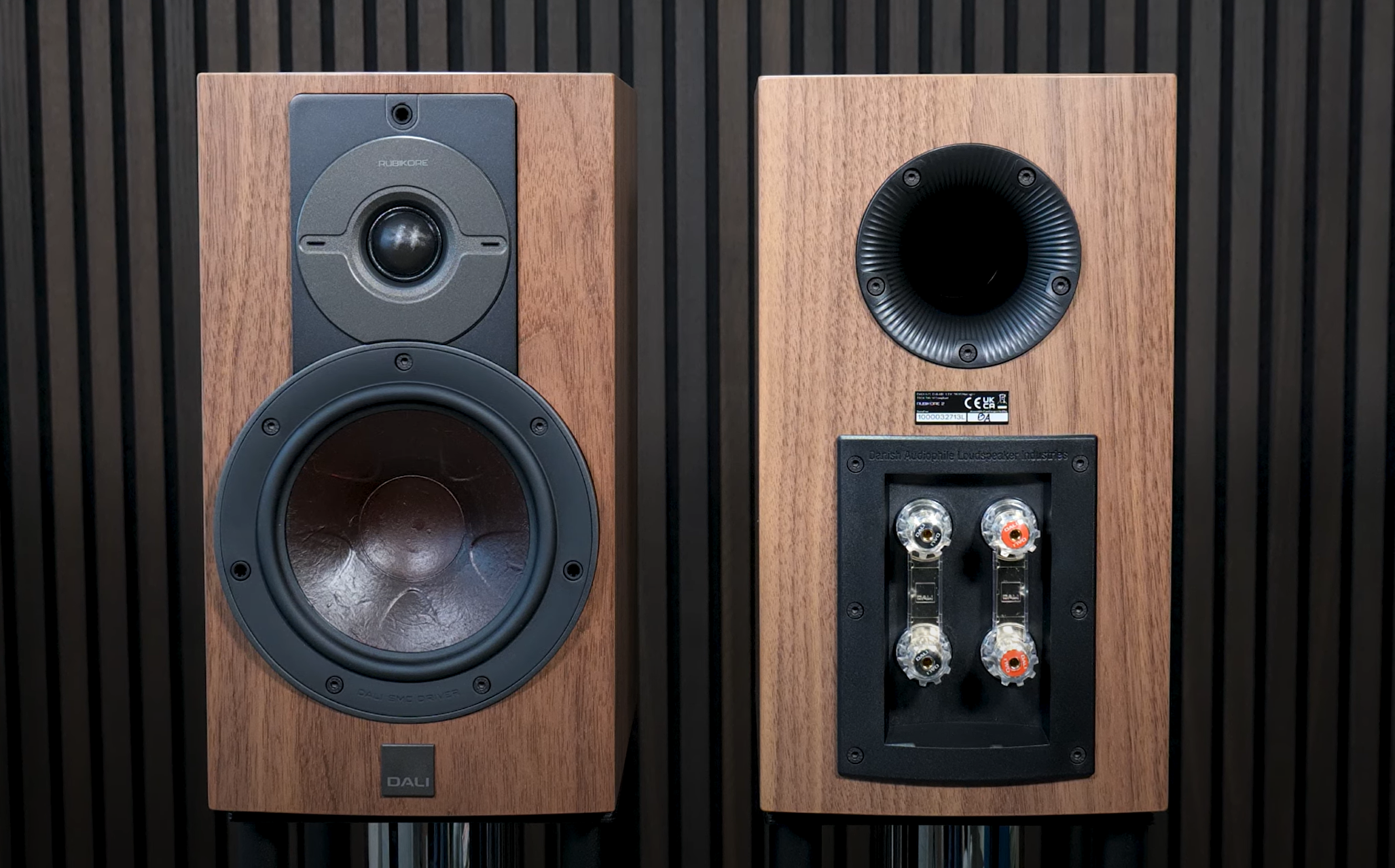
At first glance, the DALI Rubikore 2 looks very similar to its predecessor. That’s not surprising since they share the same cabinet. However, the internals are completely different. And the maroon version, which previously had a matte finish, now features a high-gloss finish.
It may seem like a small change, but the result looks like it costs a million. And when it comes to speakers, that’s not just a saying. It simply looks incredibly exclusive.
The maroon version has a fabric front in a dark gray, coarsely woven textile that looks really elegant. But we still left the fronts in the box.
On the back of the cabinet, you’ll find the bass reflex port and four solid terminals that support bi-wiring.
The speaker drivers, which include a 6.5-inch bass/midrange and a 29-millimeter dome tweeter, look just like the components in the Rubicon 2. But they are entirely new.
WHAT IS CLARITY CONE?
The bass/midrange driver features a so-called Clarity Cone. Behind this homemade and certainly trademark-protected name is a diaphragm made of DALI’s wood fiber/paper pulp, pressed into a specific pattern. The development team at DALI discovered that breakups and self-resonances always occur in symmetrical patterns in speaker diaphragms—and therefore always in even numbers. The pressed, five-pointed pattern breaks and dampens these resonances.
Specifications
Principle: 2-way bass reflex
Woofer: 6.5 inches with Clarity Cone in wood fiber
Tweeter: 29 mm soft dome
Frequency response: 50-26,000 Hz (+/-3 dB)
Crossover frequency: 2,800 Hz
Sensitivity: 87 dB
Impedance: 4 ohms
Recommended power: 40-150 watts
Connections: 4 screw/banana (bi-wiring)
Dimensions: 19.5 x 35.0 x 33.5 cm
Weight: 9.5 kg
Color: Black high gloss, white high gloss, maroon high gloss, walnut
Web: dali-speakers.com
TWEETER WITHOUT OIL
Since the 1970s, it has been common practice in high-end speaker design to use magnetic oil in the voice coil gap of tweeters. The oil dampens resonances, cools the voice coil, and helps to center the voice coil in the magnetic gap.
According to the team at DALI, the viscous oil unfortunately also has the property of slowing down the coil’s movements, thereby limiting dynamics. This is why the ambitious Kore series has abandoned magnetic oil. This innovation has now been passed on to the Rubikore series in a newly designed 29 mm tweeter.
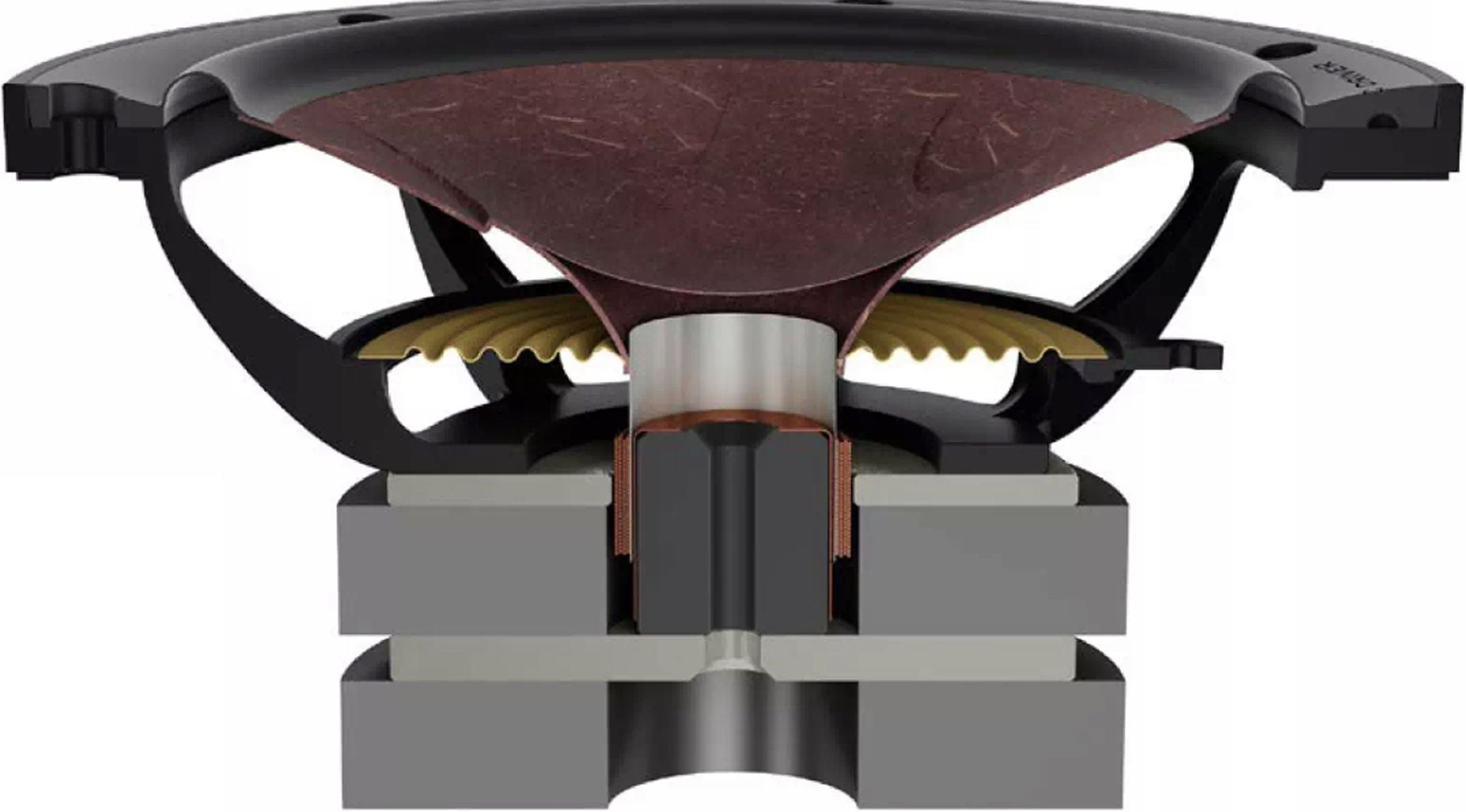
Among other features inherited or inspired by Kore is the use of DALI’s SMC magnet material, which reduces distortion compared to conventional magnet materials. SMC is used in the pole piece of the bass driver, but the novelty is that SMC is now also used in the coil cores of the crossover. The crossover also features capacitors from Mundorf, which usually ensures high quality.
The bass reflex port is a so-called Continuous Flare, which means it isn’t conventionally tube-shaped but has a smooth curve at both ends to prevent turbulence.
INSTALLATION
DALI Rubikore 2 is a stand-mount speaker. You could also call it a bookshelf speaker—but don’t get any “bright” ideas just because of that! You can place the speakers on a shelf, but they perform best on purpose-built stands, pulled a bit away from walls and corners. For me, a half-meter distance from the back wall provided a good balance, but you’ll need to experiment.
Most speakers perform best when angled towards the listening position, but DALI insists that their speakers should play straight ahead into the room. Since there were no DALI representatives present in my living room during the test, I allowed myself to try both options. The result isn’t clear-cut. When they played straight into the room, the balance in the treble was best. With a slight angle towards the listening position, however, I got a subjectively slightly better perspective. Which works best probably depends on both the room and personal taste. And in both cases, DALI Rubikore 2 presented a reproduction, and above all a perspective, that far exceeded expectations.
DESERVES A GOOD AMPLIFIER
DALI Rubikore 2 has a sensitivity of 87 dB, which is fairly typical for compact stand-mount speakers. DALI recommends pairing them with amplifiers rated at 40-150 watts (at 4 ohms). I used them with the NAD C298 power amplifier, which delivers 2 x 340 watts at 4 ohms—more than enough, but it worked perfectly.
Thanks to a controlled impedance curve, the Rubikore 2 should be a relatively easy load for most amplifiers. But beyond pure power requirements, they deserve a good amplifier. I’ve used the NAD combination in many setups, but DALI Rubikore 2 managed to reveal nuances I hadn’t heard with other speakers.
Sound Quality
In short: DALI Rubikore 2 is incredibly good!
Rubikore 2 isn’t the answer to all questions; they don’t fit in every living room or setup, and I’ve tested many speakers that sounded better based on one criterion or another. But all of them were much more expensive.
It’s rare to get such a large and open soundstage from compact stand-mount speakers. DALI Rubikore 2 creates an acoustic scene that is wide, deep, and tall—far beyond both the speakers and the dimensions of the listening room, provided there’s spatial information in the recording.

This impressive perspective benefits not only acoustic concert recordings. Artificially added reverb is reproduced just as fascinatingly, with a fine sense of both depth and height. In a track like “Fishing Junks at Sunset” from Jean-Michel Jarre’s Concerts in China, where a large orchestra is on stage, the real concert acoustics mix with synthesizer sounds. I’ve used this track many times to test depth and height perspective, but I’ve never experienced the artificial sounds almost tangibly floating above the orchestra.
DYNAMIC—EVEN WHEN IT’S QUIET
And it’s not just about the size of the room; it’s equally about resolution and detail. Time and again, I discover small peculiarities in tracks I thought I knew by heart, but which simply hadn’t been revealed before. Dynamics aren’t just about a system’s ability to reproduce the biggest peaks in the music, but also about lowering the acoustic “noise floor,” which otherwise masks the quietest sound information.
Rubikore 2 has a very detailed and precise sound reproduction, but they’re not designed to be a tool for faultfinders and nitpickers. Even though the music is reproduced with more detail than most speakers in my test room, it’s all about the music first and foremost. The speakers have a voicing (tonal balance) that might be daring to call “popular.” It’s about a certain warmth in the upper bass range that gives a bit more body to voices and acoustic instruments.
IT’S ABOUT THE MUSIC
It’s not in any way a “disco hump,” just a touch of fullness that makes it a bit more enjoyable to listen to favorite tracks. And since the bass reproduction is still accurate and clean, it’s easy to forgive the fullness. In fact, the bass is really clean and nuanced, and there’s not the slightest hint of “one-note bass.” In the Telarc release of Johann Strauss’s Banditen Galopp, the timpani often sounds like an indistinct rumble in the concert hall. But with Rubikore 2, you can clearly hear that they are tuned instruments. Similarly, on my colleague Lasse Svendsen’s favorite album, The Köln Concert, you can hear Keith Jarrett’s foot tapping on the floor with total clarity, and there’s no doubt that it’s a Bösendorfer grand piano, not a Steinway, that the piano god is improvising on.
COMPETITORS
DALI Rubikore 2 is in a price range where you can afford to expect a lot, and where there’s no shortage of competitors. Buchardt Audio S400 MKII reaches almost an octave deeper in the bass, but even though the depth perspective is nice, it’s not on the same level as the DALIs.
If you prefer a more monitor-like sound, Revival Audio Atalante 3 is a strong candidate; it’s better at revealing the last details, but it doesn’t manage to create as large a perspective.
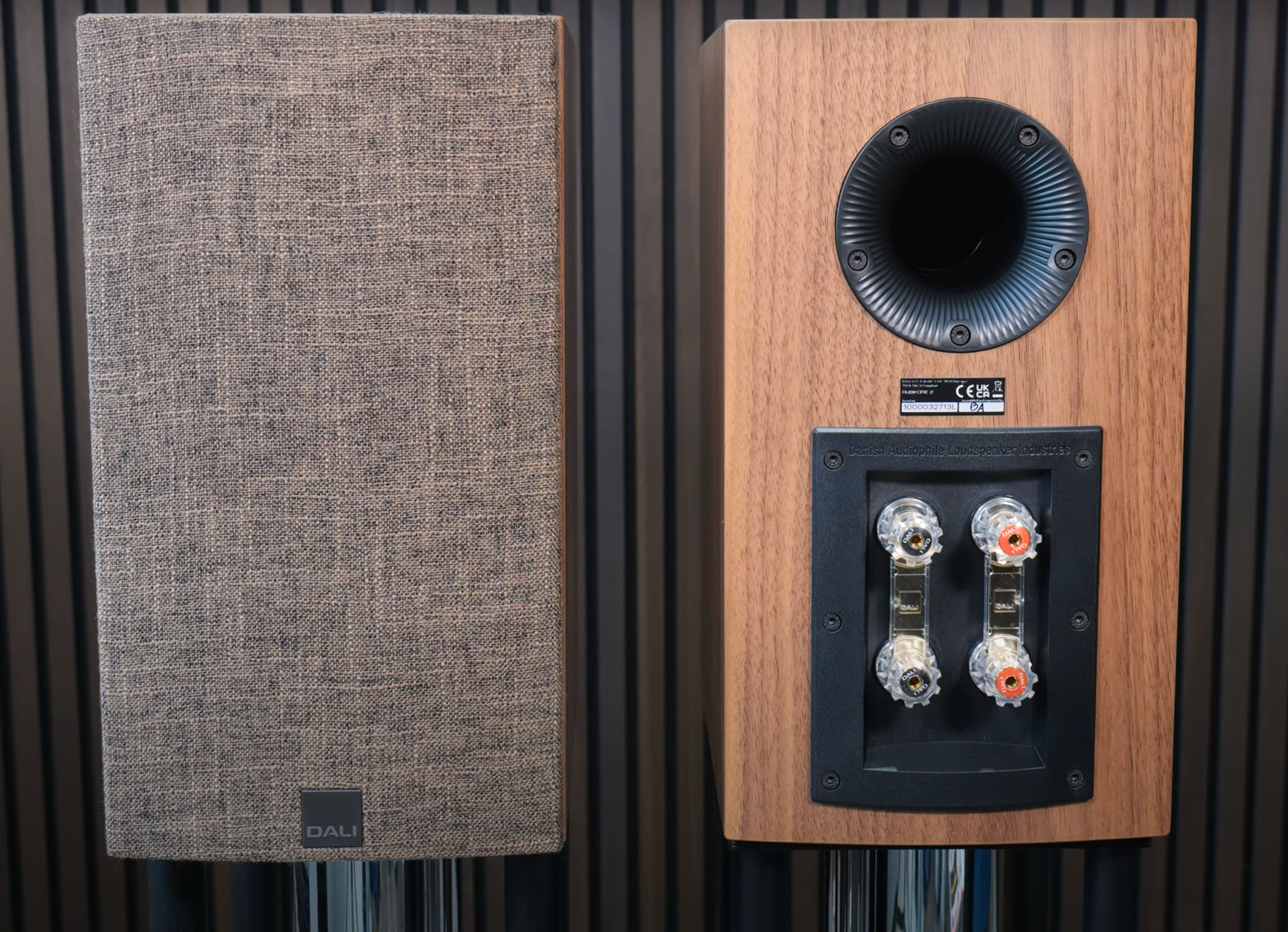
Gallery
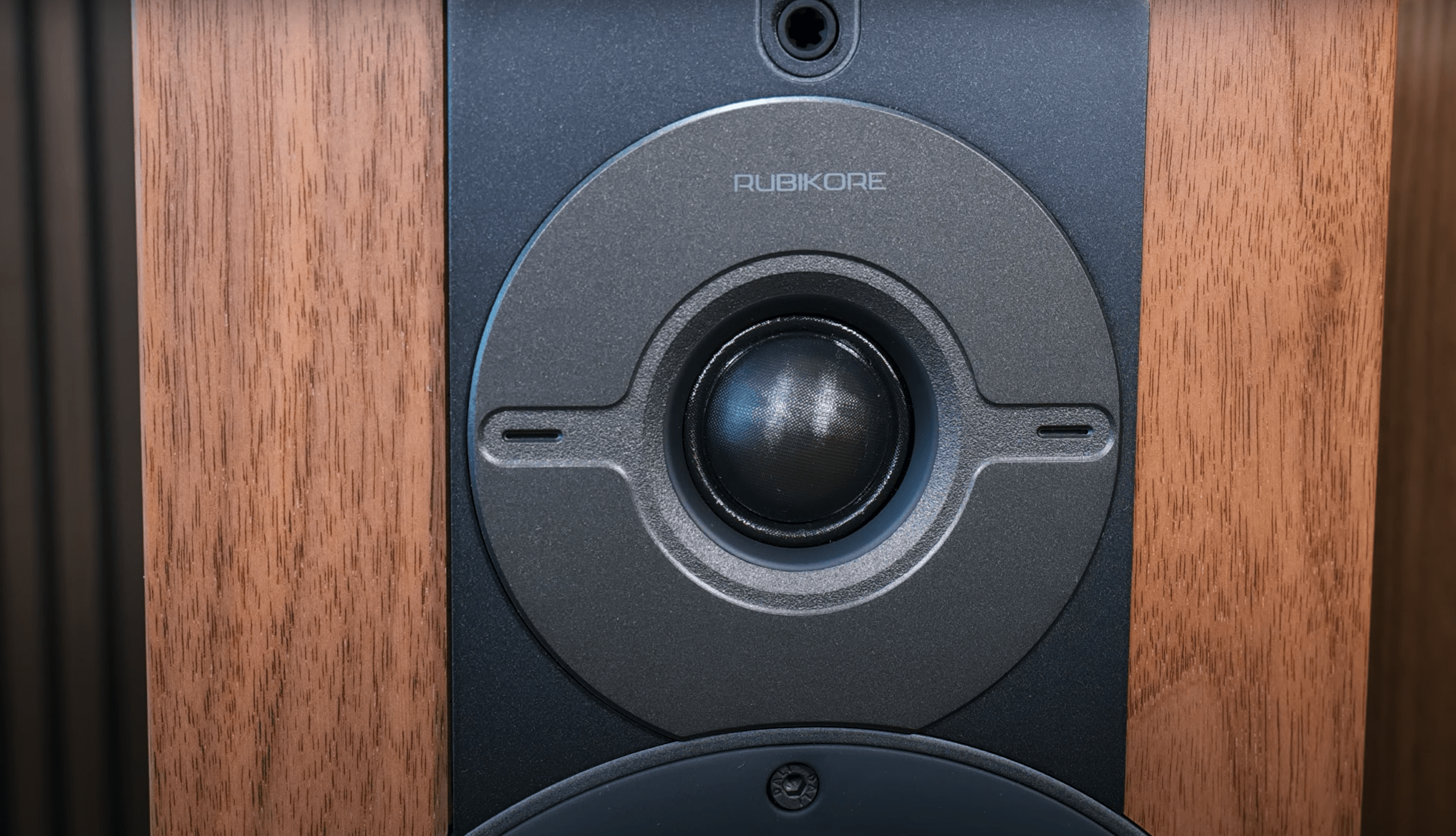
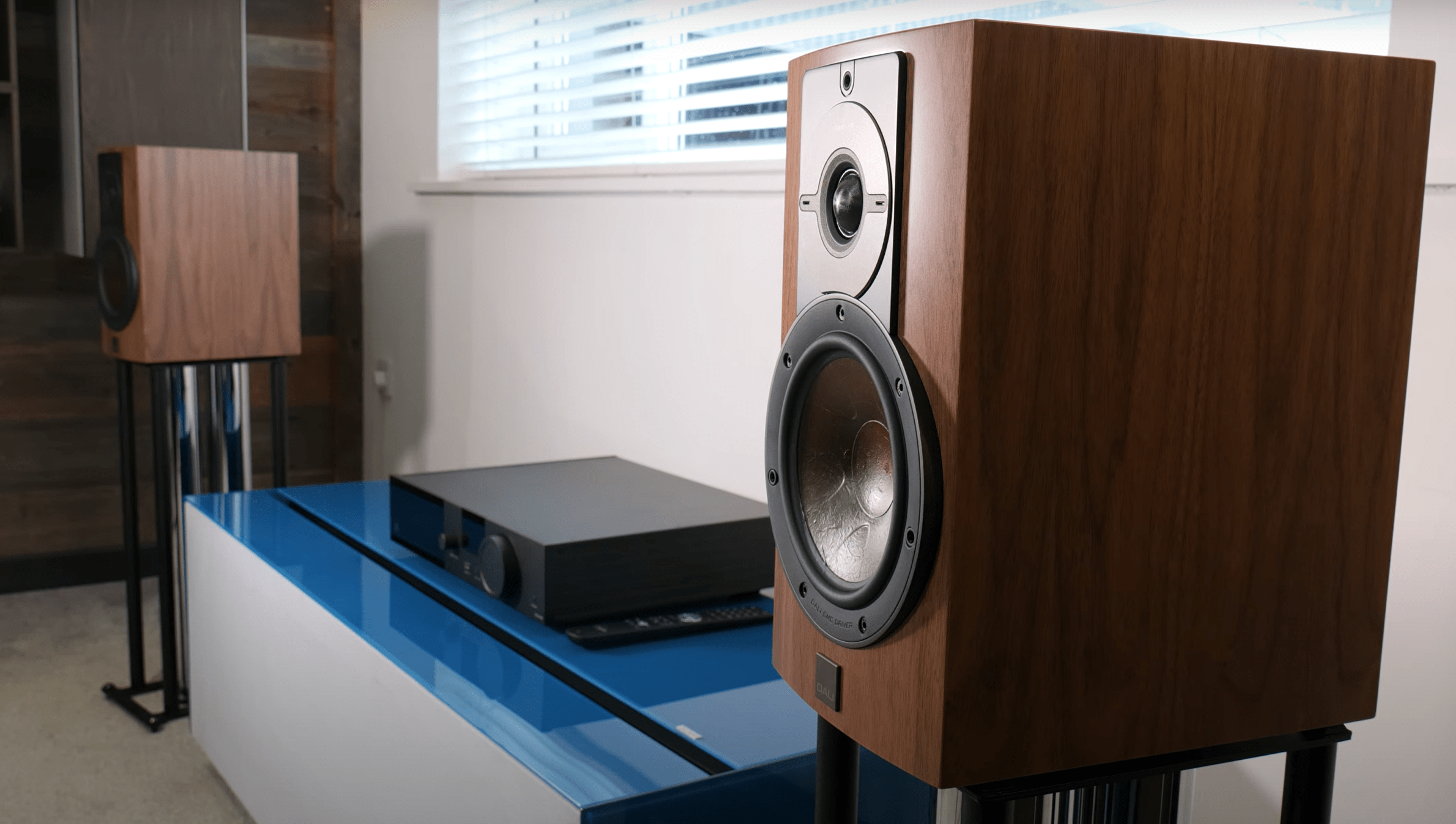
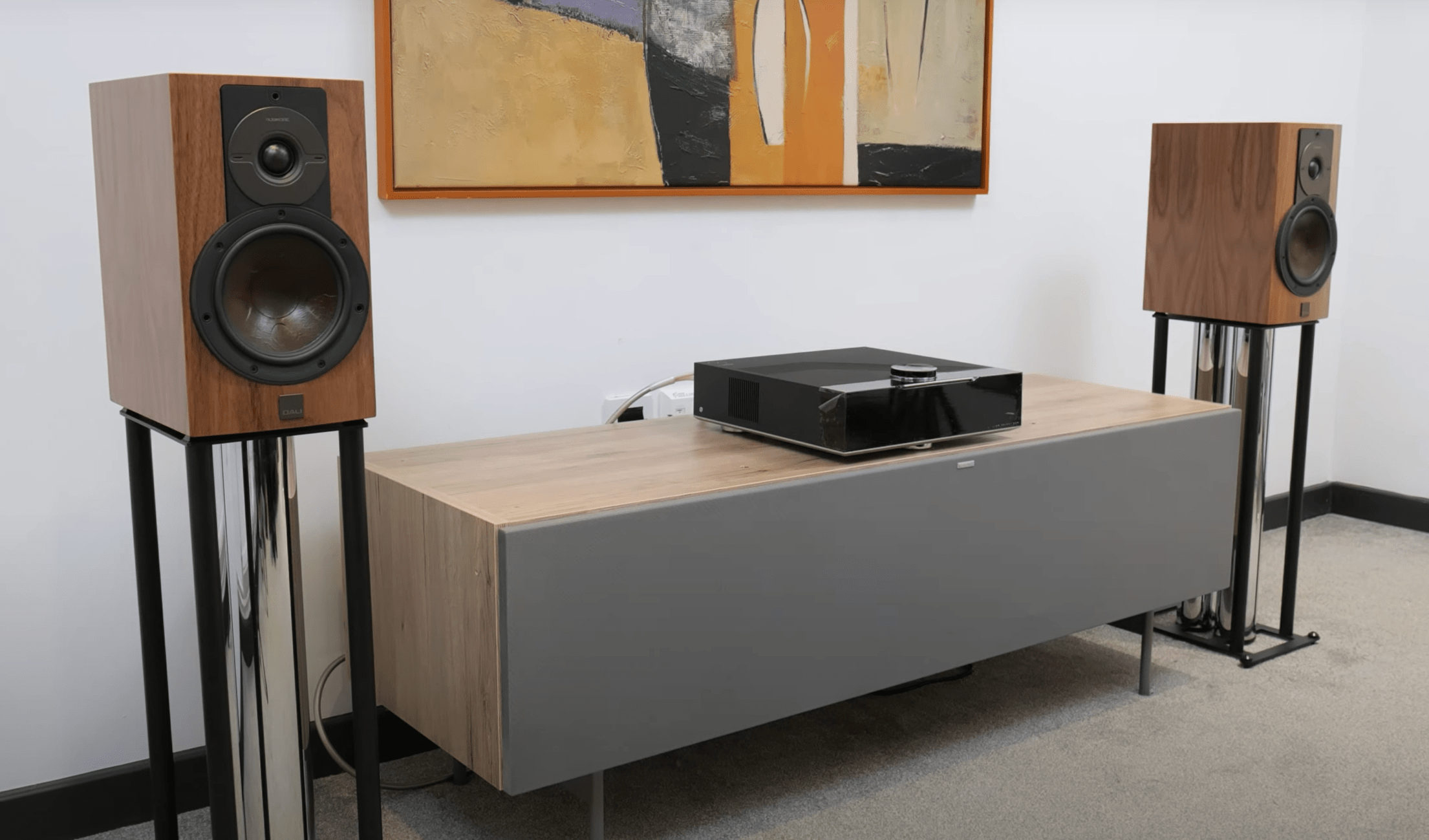
Verdict
The old Rubicon series provided really good sound just below the high-end level. With Rubikore, the ambitions have been significantly raised. Rubikore 2 is simply the best two-way stand-mounted speaker I have heard in this price range.
As a reviewer, I might consider wanting a slightly more monitor-like tone in the lowest bass. But for music enjoyment, it works perfectly. And all criticism falls silent when you experience the acoustic scene that these small speakers paint: clear and distinct, and full of details. If the larger members of the series are equally good, it’s bound to be a success.



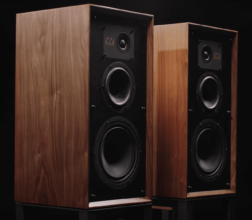
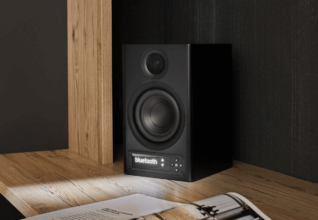
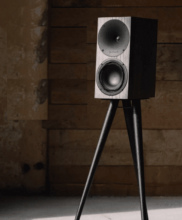

Hi!!!
Thank you so much for this review!!!
I have a question if you dont mind.I want a pair of speakers for nearfield listening aprox 1,5-1,7 meters.Is this speaker Rubikore 2 suitable for this use or better to go with revival atalante 3?I am open for more recommendations under 2500 euro.I also want the speakers to sound dynamic in low volumes listening.
Kind regards